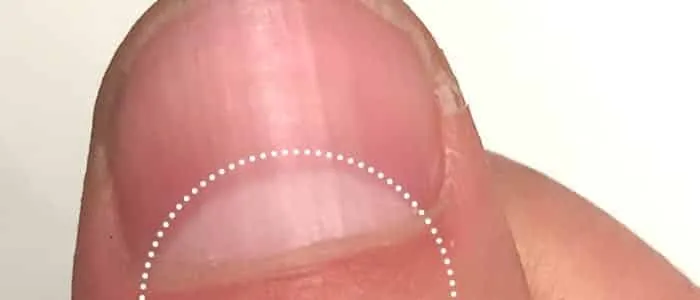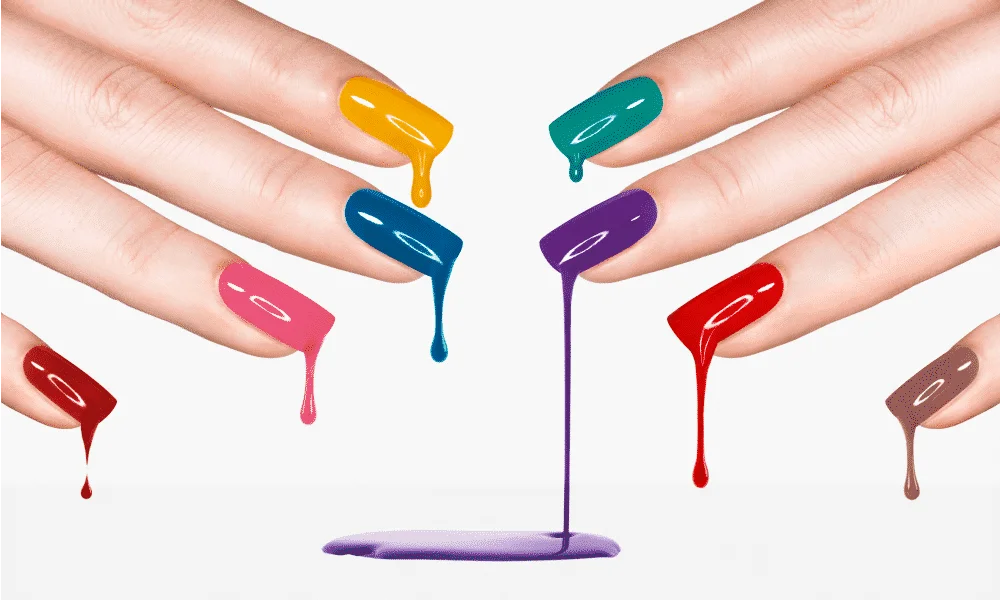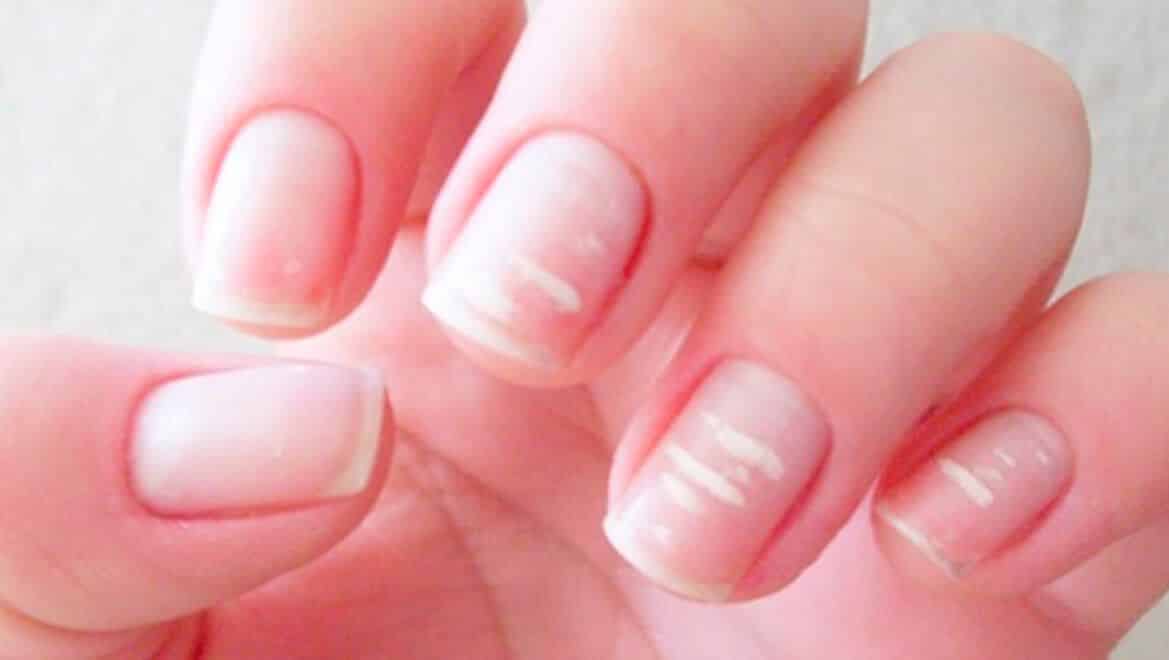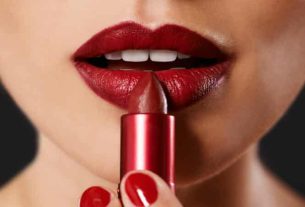Stained nails could be more than fungal infection or lack of care. Diseases and lack of vitamins are also causes of stained nails.
In addition to protecting the tips of our fingers, nails can also indicate whether we are in good health. Thus, stains on the nails are common in both women and men. However, this does not mean that they are good signs of health or that everything is fine.
Our nails are made up of three layers of keratin, of different thicknesses and consistencies. Furthermore, it is from them that more than 10% of the abnormalities that can appear on our skin come from. Therefore, even though most of the stains we have on our nails disappear in a short time, it is important to consult a dermatologist to find out what is happening to them and find the causes of these stains.
Axes – causes
Generally, stained nails happen because of changes in the nail matrix, that is, where it forms and begins to grow. Thus, this problem can occur on toenails or fingernails and can result from a variety of causes, the most common being a lack of vitamins and diseases. Other causes of stains are:
- Trauma to the nails, such as getting your finger stuck somewhere or getting injured by a manicure;
- Allergy to nail polish or other substances such as cleaning products;
- Lack of vitamins such as iron, zinc, calcium, vitamin B12, B3 or folic acid, resulting from poor diet;
- Diseases such as mycosis (fungi), psoriasis (scaling), vitiligo, anemia, tuberculosis or kidney diseases (all of these can be genetically inherited or acquired);
- Hormonal variations, more common in women;
- Antibiotics based on sulfonamides (sulfanilamide, sulfisoxazole, sulfacetamide, para-aminobenzoic acid, sulfadiazine and sulfamethoxazole are the six main drugs);
- In addition to treatments such as chemotherapy.

When the body is lacking vitamin C, for example, the body may not produce some hormones and also keratin adequately, affecting the nails. Another example is diabetes, which can cause nails to grow with reddish spots and waves.
Furthermore, stains on the nails can also be a genetic factor, inherited within the family. This manifestation of spots is called total leukonychia. In short, leukonynychia affects a large area of the nail with white patches. However, it is not considered a disease, but rather an indicator that something is wrong with your health.
How to treat stained nails
Stained nails are commonly caused by ringworm. However, we saw that this is not the only thing that can cause stains. Generally, these spots can disappear on their own, but contacting a dermatologist is always a good idea. However, there are other care routines that can prevent or help reduce stained nails.
For women who normally wear nail polish frequently, it is important to remove the layer of old product and moisturize the nail with a base or cream. After that, you can apply a new nail polish, but avoid leaving it on for a long time, as it can even leave the nail yellow. Furthermore, it is important not to share your manicure supplies and to use specific moisturizing creams for hands or feet.

Another habit that can prevent the appearance of stained nails is the use of protective gloves (usually rubber) when using chemical and cleaning products. This way, you avoid allergies that can harm your health and their appearance on your nails.
Lastly, a healthy diet should not be forgotten. By doing this, you avoid a lack of minerals and vitamins that are important for your overall health and also for your nails. Therefore, consuming foods rich in calcium (milk), iron (strawberries, beans, seafood, red meat), vitamin B12 (shellfish, salmon) and zinc (turkey, almonds) helps a lot.
Home treatment
To keep your nails strong, healthy and reduce stains, this is a great method. In short, this mixture of oils treats, hydrates and strengthens stained nails. Remember to always consult your dermatologist to find out the best treatment.
Ingredients
- Jojoba oil (1 teaspoon)
- 1 capsule (400 Ul) of vitamin E oil
- Almond oil (1 teaspoon)
- Apricot seed oil (1 teaspoon)
Preparation
It’s simple to do. Just mix the oils in a small bottle and shake. Finally, massage your nails and cuticles morning and night with drops of the mixture. Ready! This way, you can prevent your nails from getting stained.
Sources: GShow, Tua Saúde, Terra
Images: D-Nails, Scientific Knowledge, Curious Health

Sign up for our newsletter and stay up to date with exclusive news
that can transform your routine!
Warning: Undefined array key "title" in /home/storelat/public_html/wp-content/plugins/link-whisper-premium/templates/frontend/related-posts.php on line 12
Warning: Undefined array key "title_tag" in /home/storelat/public_html/wp-content/plugins/link-whisper-premium/templates/frontend/related-posts.php on line 13




